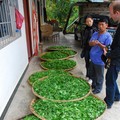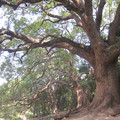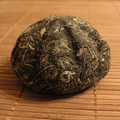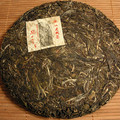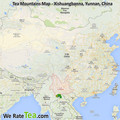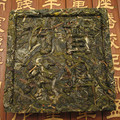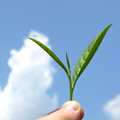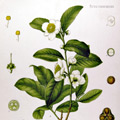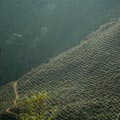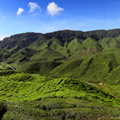 1 review
Added 04.06.2014 by Eternal Spring,
Tea status: [361] A
8596x
1 review
Added 04.06.2014 by Eternal Spring,
Tea status: [361] A
8596xCategory: Pu-erh
Country: China
Province: Yunnan
Harvest: Da Ping Zhang area, Jingmai Da Zhai village
Date of production: 2014 Late March/early April, first harvest
Shop: Cha Wang Shop

Tags: Gushu , Sheng - Raw Puerh , Maocha , 2014
Description:
This tea is from Jingmai Da Zhai, grown in Da Ping Zhang area, and it is considered to be of the finest Jingmai tea available on market. We took few kilos of this Huang Pian to Kunming, where some of it we offer as loose leaves and rest will be pressed into the cakes. This raw puerh is the highest selection of older tea leaves ( Huang Pian - yellow leaves, or Da Ye Zi ). The older leaves, coming from the hundred year's trees, become bright yellow, red or orange tinted. The tea workers sort out these leaves according the production standards. This material comes from pure ancient tea trees. Pleasant aroma, spark-ish tea soup, sweet and easy to drink!

 Shops
Shops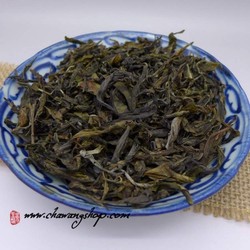





 Share on Facebook
Share on Facebook











